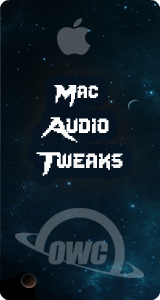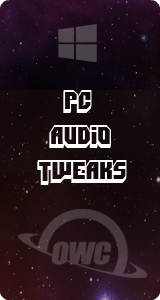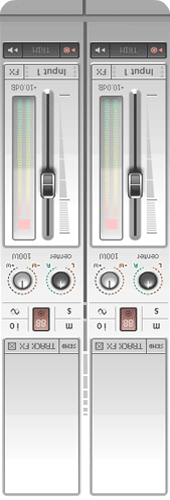Guitar Games
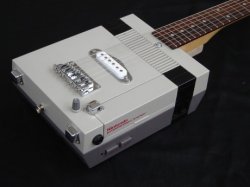
Games developed around the guitar are a fairly new phenomenon. In 1999, Konami released "Guitar Freaks" in the arcade as the first guitar game featuring a plastic guitar as the controller. Although it was released on the PS and PS2, Guitar Freaks become the inspiration for Guitar Hero, which refined the genre and introduced it to the mainstream. With it's first appearance in 2005, Guitar Hero took the world by storm by appealing to a wide audience, attracting first time gamers. Harmonix used FMOD game audio middleware to achieve a seamless player experience. The game features a fake guitar with five push button notes that get mashed as dots appear on your screen.
Suddenly, people with zero rhythm and musical skills were able to get closer to the feeling creating music. Not long after this, air guitar championships popped up all over the world, which featured people wailing on a non-existent guitar. The popularity of the guitar spiked after this game came out. Although it attracted tons of "american idol" type people, there were many kids that decided to actually learn the play the guitar for real.
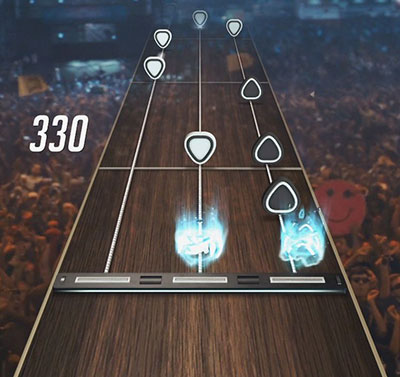
After ten years, Guitar Hero is back with a 10 year anniversary reissue, much like the desperate box sets released from aging rock bands looking for a new revenue stream. The good news is that they introduces a new controller on the game which will span the PS4, Xbox One and Wii U. Harmonix kept the whammy bar for sustaining notes but added a "Hero Power" button, boosting your score and rock god status. The new controller features six buttons instead of five, which feels more comfortable. As cheesy as this game is, it will continue to inspire kids to study the guitar and become a musician. This is a good thing. The rest can at least shred and wail, while making various faces, like the guitarist for Spinal Tap.
The river of notes coming at you on a screen is something can be a foundation for new ideas in game development. Add Oculus to this and one can only imagine the possibilities. While guitar hero emulates the feel of chords on an actual guitar, it's easier than playing a guitar, since buttons are easier to mash than strings. Harmonix did away with alot of the clutter in the gameplay and replaced it with more abstract background animations. Seeing a real movie of a crowd cheering helps add to the realism in the new Guitar Hero. The first-person style has been improved with the addition of choosing your venue. Now the crowd will boo of you mess up, so stay true and rock on. Guitar Hero Live's default online mode is a set of music video stations, allowing you to play the game over artists' videos, like a futuristic karaoke. At the very least, this new game will be fun at parties and continue to inspire musicians of the future. One thing is for sure, the game audio will be nothing short of amazing.
Today we see MIDI interfaces being released that attach directly to a real guitar. While this technology is still being perfected, it has a lot of potential in game audio and game development. Imagine a major game console company realeasing a special MIDI interface that works much like a tuner, taking in the vibrations but turning them into data. The amount of young people buying guitars would spike. The development possibilities of a MIDI guitar controller are endless and will certainly require a game audio programmer. This may never happen but until then, one can dream!




